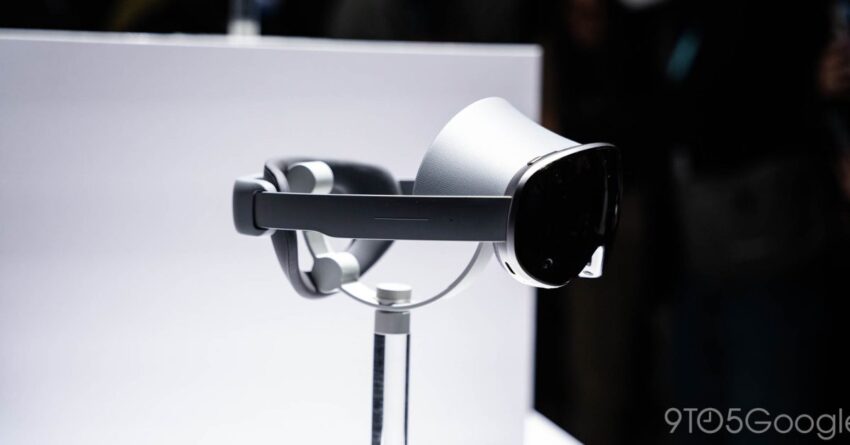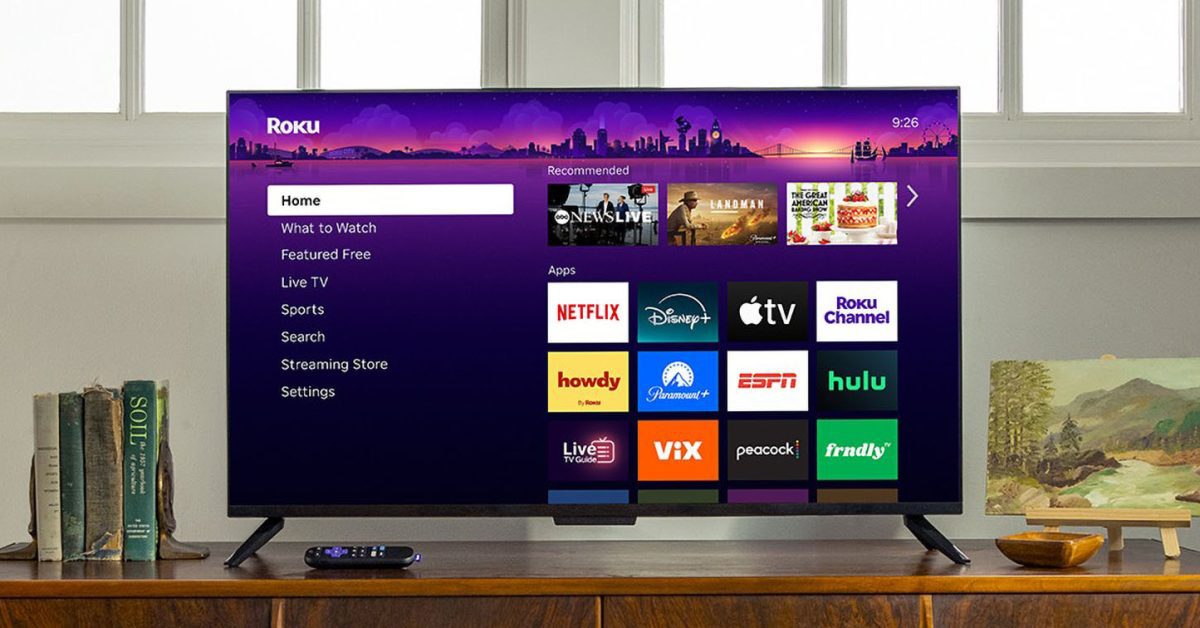
samsung outlines android xr headset safety guidelines Samsung has announced safety guidelines for its upcoming Android XR headset, set to launch on October 21, as part of its efforts to ensure a secure and user-friendly experience for early adopters.
samsung outlines android xr headset safety guidelines
Introduction to the Android XR Headset
The Android XR headset represents a significant leap in augmented and virtual reality technology, combining Samsung’s expertise in hardware with the flexibility of the Android operating system. This device is expected to cater to a wide range of applications, from gaming and entertainment to education and professional use. As the launch date approaches, Samsung is keen to address potential safety concerns and provide users with clear guidelines to enhance their experience.
Safety Guidelines Overview
In anticipation of the headset’s release, Samsung has outlined a series of safety guidelines aimed at helping users navigate the new technology responsibly. These guidelines are particularly crucial given the immersive nature of XR (extended reality) environments, which can pose unique challenges compared to traditional computing devices.
Physical Safety Precautions
One of the primary concerns with XR headsets is the potential for physical accidents while users are immersed in a virtual environment. Samsung emphasizes the importance of maintaining a safe physical space while using the headset. Users are advised to:
- Ensure that the play area is free from obstacles, such as furniture or other items that could lead to tripping or falling.
- Use the headset in a well-lit environment to avoid disorientation.
- Take regular breaks to prevent fatigue and discomfort.
These recommendations are designed to minimize the risk of injury and promote a more enjoyable experience while using the headset.
Health Considerations
In addition to physical safety, Samsung has also highlighted health considerations associated with prolonged use of XR technology. Users may experience symptoms such as eye strain, headaches, or motion sickness, particularly if they are new to virtual environments. To mitigate these risks, Samsung suggests:
- Limiting the duration of use during initial sessions to allow the body to adjust.
- Adjusting the headset for a comfortable fit to reduce pressure on the head and face.
- Taking frequent breaks to rest the eyes and prevent fatigue.
These health guidelines are crucial for ensuring that users can enjoy the immersive experience without compromising their well-being.
Technical Specifications and Features
The Android XR headset is equipped with advanced technology designed to enhance user experience. Key features include:
- High-resolution displays: The headset boasts high-resolution screens that provide clear and vibrant visuals, essential for an immersive experience.
- Spatial audio: Integrated spatial audio technology creates a realistic sound environment, further enhancing immersion.
- Intuitive controls: The device includes user-friendly controls that allow for seamless navigation within virtual environments.
These specifications position the Android XR headset as a competitive option in the growing market for XR devices, appealing to both casual users and professionals.
Market Context and Competition
The launch of the Android XR headset comes at a time when the XR market is rapidly evolving. Major competitors, including Meta and Sony, have already established their presence with products like the Meta Quest and PlayStation VR. Samsung’s entry into this space is significant, as it brings a well-known brand and extensive experience in consumer electronics.
Market analysts suggest that Samsung’s focus on safety and user experience could differentiate its product from competitors. By addressing potential concerns proactively, Samsung aims to build trust with consumers and encourage adoption of XR technology.
Stakeholder Reactions
The announcement of safety guidelines has garnered mixed reactions from stakeholders within the tech community. Some industry experts have praised Samsung for taking a proactive approach to user safety, emphasizing the importance of guidelines in fostering a positive user experience. Others, however, have raised concerns about the potential for overregulation, arguing that excessive guidelines could deter users from exploring the technology.
Consumer feedback has also been largely positive, with many potential users expressing appreciation for the emphasis on safety. Early adopters are particularly interested in how these guidelines will translate into practical advice for everyday use.
Future Implications for XR Technology
The introduction of safety guidelines by Samsung may set a precedent for other companies in the XR space. As the technology continues to evolve, the importance of user safety and health will likely become a focal point for manufacturers. This could lead to a broader industry standard for safety protocols, influencing how future devices are designed and marketed.
Moreover, as XR technology becomes more integrated into various sectors, including education, healthcare, and entertainment, the need for comprehensive safety guidelines will only grow. Samsung’s initiative could pave the way for more robust frameworks that address the unique challenges posed by immersive technologies.
Conclusion
As the launch of the Android XR headset approaches, Samsung’s commitment to user safety is commendable. By providing clear guidelines, the company not only enhances the user experience but also contributes to the responsible development of XR technology. The success of the Android XR headset will depend not only on its technical capabilities but also on how well it addresses the concerns of users in an increasingly immersive digital landscape.
Source: Original report
Was this helpful?
Last Modified: October 16, 2025 at 2:38 pm
3 views















